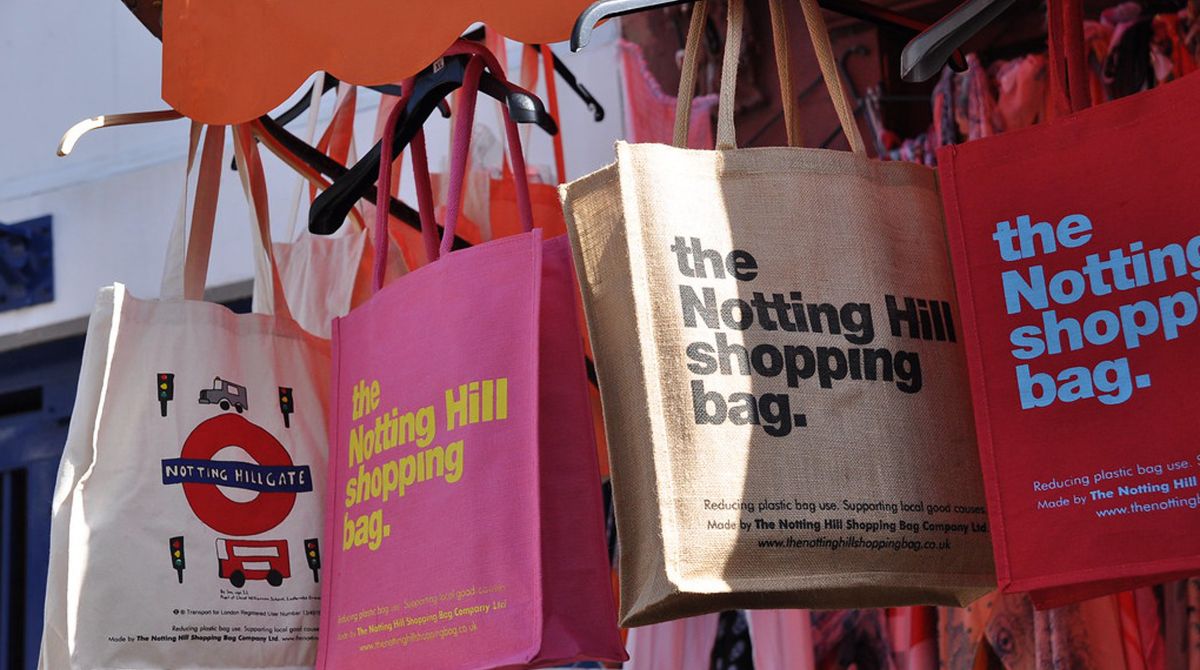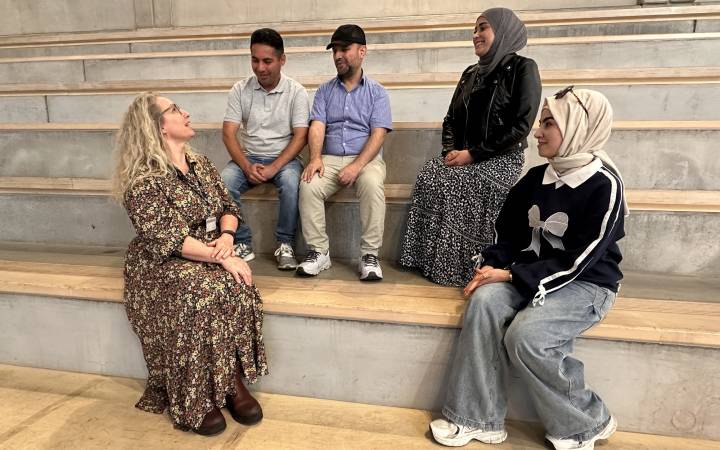Kingston University retail expert on high street reopening as Covid-19 restrictions begin to ease
Posted Friday 16 April 2021
 Kingston University's Patricia Harris said the high street still has a place in society.
Kingston University's Patricia Harris said the high street still has a place in society.
As the United Kingdom continues its gradual unlocking of society with the reopening of non-essential retail, business and consumer expert at Kingston University Dr Patricia Harris looks at how the latest lifting of Covid-19 restrictions will affect the high street and the shops that have been closed since the turn of the year.
Non-essential shops reopened in England this week, as part of the gradual easing of restrictions imposed by the Covid-19 pandemic, and what was the most reported event? Perhaps unsurprisingly, long queues of people outside Primark shops. As an offline-only retailer with no transactional website, Primark is atypical of contemporary retailers and so perhaps not the most reliable indicator of how the high street will fare over the coming months and, once we get there, post Covid. Primark customers had no alternative but to wait for the shops to reopen. As the company's low price, fast fashion value proposition resonates with many shoppers, the pent-up demand inevitably resulted in queues. What about other retailers though? Research conducted by the Consumer Research Group at Kingston Business School provides some clues.
Our research suggests that non-essential shops have a future because they offer benefits and value to consumers which other shopping channels do not. To understand this, we must consider the concept of convenience. In essence, convenience is created when the effort expended, and the time spent on something, are minimised. But there is more than one type of effort.  Dr Patricia Harris is a member of Kingston University's Consumer Research Group.
Dr Patricia Harris is a member of Kingston University's Consumer Research Group.
Shopping involves physical effort – travelling to shops, moving around shops, carrying bags and so on. The online channel wins out here as we can shop from the comfort of our home and have our purchases delivered. However, shopping also involves cognitive effort – thinking about what to buy, comparing and evaluating alternatives, coming to a final purchase decision. Identifying the channel which minimizes this cognitive effort is not so straightforward as it depends on several things such as the shopper's decision-making style, their knowledge of and interest in the product category and so on.
Some shoppers, younger as well as older, find it easier and more convenient to go to a physical shop, look at/touch/try merchandise and talk to sales staff than to search for and compare products online. There are significant cognitive costs associated with online shopping – its scope and flexibility are appreciated by shoppers, but it can also be bewildering, leading to frustration, fatigue and a sense of reduced self-efficacy.
Shopping also requires emotional energy (effort). There are those who see online shopping as the best way to minimise emotional effort (no queuing, no crowds, no sales staff), while others do this from the reassurance of trying before buying and taking the product home immediately (no need for the hassle of returns and no worries about delivery). Such reassurance is especially beneficial to consumers whose style of decision making is known as maximisation – a tendency to strive for the perfect outcome to each purchase decision.
Shopping convenience involves the time spent as well as the effort expended. Our research indicates that shoppers' do not consistently see either the online channel or the physical shop channel as quickest – again, it depends on factors such as decision-making style and other psychometric characteristics. It also depends on what else is going on in the shopper's life at the time – their goals and priorities. Sometimes it can be quicker to pop out to a shop than to shop online.
So, shops have a future because they minimise cognitive and emotional effort. Our research shows that there are some shoppers who always prefer physical shops, and younger as well as older people fall into this category. We also find, however, that most shoppers prefer physical shops at least some of the time - for certain types of products and/or shopping activities.
Shops also have a future because they provide hedonic value – the sights, sounds and smells, the interactions with other shoppers are pleasurable for many people and enhance their wellbeing. In one of our research studies, we asked shoppers to describe their perfect shopping experience. The majority spoke of a large and beautiful shop where they could browse, get ideas and inspiration, touch and try, and get advice from expert staff. Despite advances in virtual and augmented reality, these things are hard to replicate in the online shopping channel. However, for shops to survive they need to earn their place in the multichannel shopping environment, and that means providing an excellent experience through a delivering a winning combination of outstanding customer service and enticing store atmospherics.
- Find out more about Kingston University's Consumer Research Group.
Contact us
General enquiries:
Journalists only:
- Communications team
Tel: +44 (0)20 8417 3034
Email us



